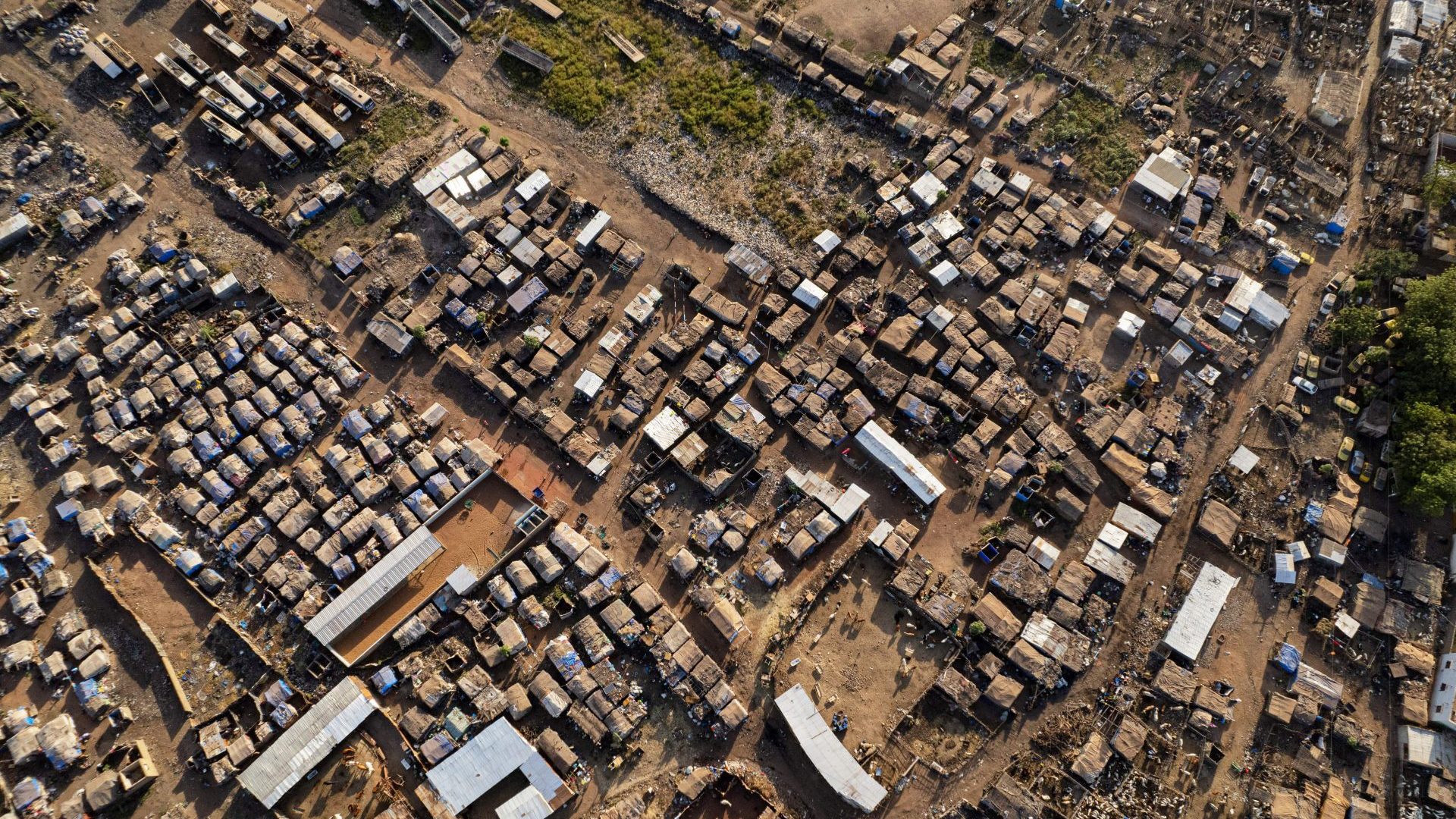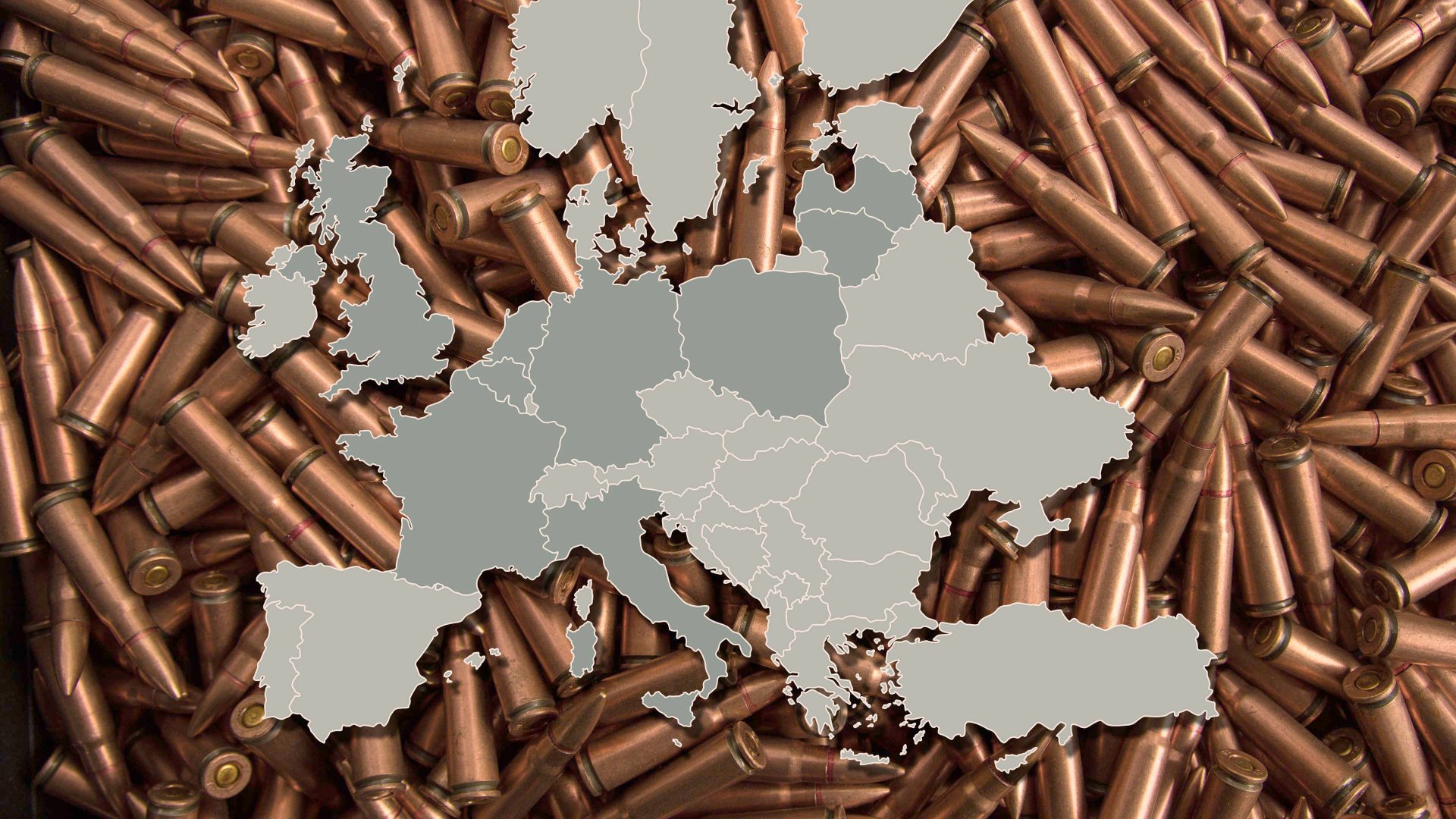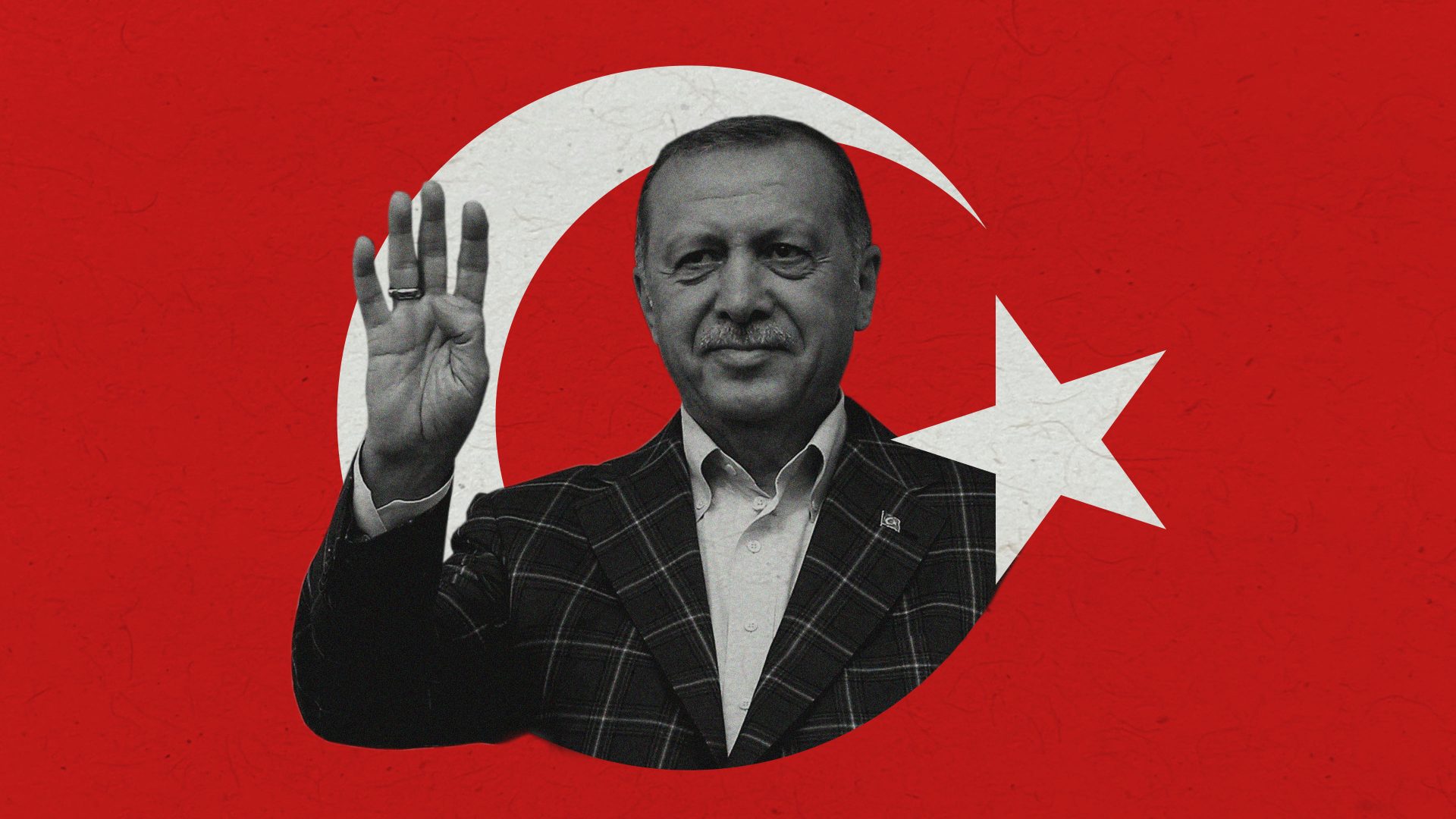If you’d told me a year ago that Volodymyr Zelensky would be standing in Westminster Hall, haloed by stained glass, demanding Britain send fighter jets to aid a war with Russia, I would have said: don’t bet on it. But Putin’s attack on Ukraine has changed everything: from now on everything is uncertain, and predicting what geopolitics will look like in a year’s time is a fool’s errand. For those who have to predict the future for a living, where do they begin?
If you’re a civil servant, there’s a clear answer: a document called Global Strategic Trends, 6th edition (GST 6). Published by the Ministry of Defence, it condenses the work of 70 research teams across 40 institutions into a pithy summary of the alternative pathways between now and 2040. Its infographics are crisp. Its logic is flawless. The only problem is it was published in 2018, when Theresa May was still prime minister, when western troops were still in Afghanistan, and when Zelensky was just a comedy actor whose sitcom was actually banned in Ukraine.
Hopefully, there’ll soon be an update, but I pity the people who have to write it. Because what characterises official thinking about the crisis we’re in is the absence of a theory of history. The authors of GST 6 grasped what had begun to happen to the world order, but not why.
GST 6 revolves around the concept of “Four Future Worlds” – broad alternative scenarios for what happens to the global order. In two of them, states remain the strongest actors on the world stage – either cooperating through multilateral agencies such as the UN, or competing for “great power” status through economic protectionism and proxy conflicts – the so-called multipolar world.
In the other two futures, power has seeped away from states; either to a “network of actors” – think TikTok, Moderna and Elon Musk – or into a fragmented reality of organised crime groups, warlords and failed states.
The authors of GST 6 understood well what might drive us towards the most negative outcomes: technological change puts greater power in the hands of corporations and even individuals; digital culture undermines people’s loyalty to hierarchies. But there was always a hope – reflected also in the government’s Integrated Review of foreign and defence policy in 2021 – that the multilateral world order would survive because it was the best; because we designed it; because it conformed to universal notions of freedom and human rights, and because it was good for us.
Unfortunately, we have to abandon that hope. It’s the multipolar scenario that is unfolding – with those trying to create it also promoting the fragmentation scenario as a disruption strategy.
Look at the Mali crisis as a microcosm: in 2012 the UN authorised external military intervention to pacify a brutal, ethnic and religious civil war. In 2013 France sent troops to lead the mission, and in 2018 British troops joined them. Last year, after a military coup backed by Vladimir Putin, Mali invited Russian mercenaries from the Wagner Group to police the country, prompting total western withdrawal and a further descent into chaos.
Today, Mali is a case study in the fragmentation scenario – with two out of the five African countries that intervened to stabilise the country now destabilised themselves, and a non-state actor as the decisive armed force. The Sahel region has become “the new epicentre of terrorism”, according to the Global Terrorism Index, accounting for half of all terrorism deaths last year.
And though Mali is an extreme case, it is a foretaste of what is likely to happen elsewhere as the multilateral system falls apart.
It would be easy to fit Mali into the cause-and-effect story told in GST 6: climate change, information technology and human development all play a part in driving the chaos. But what we’re living through has a deeper cause, which technocratic exercises like GST 6 never want to acknowledge: the time-limited nature of the social system we call capitalism.
Though large parts of Marxist theory are useless in the modern world, Marx’s account of how technological change drives social and geopolitical change retains its predictive power. At a certain point, he wrote, economic development – through better technologies and healthier, more educated people – comes into conflict with the existing social structures, laws and forms of the state.
Marx thought this would lead to the abolition of capitalism – but 20th-century thinkers understood it could instead mutate: that the system would undergo violent and dramatic changes in order to survive. I think that’s what we are living through now.
If so, there is a “lawfulness” to Russia’s desire to bust up the world order, even if we don’t like it; and to China’s desire to abandon universal concepts of human rights; and to the decision by hundreds of thousands of people living in the Sahel to escape northwards.
Once you grasp this, you have to accept that a peaceful, multilateral global future probably lies on the other side of a period of relative chaos. And that the crisis is not temporary, but a new norm: it has its own long-term dynamics, very different to the system we grew up in. You have, in short, to concentrate on the one world we’re actually living in, not four abstract possibilities dreamed up in the Theresa May era.
And the implications are stark. It means that conflict, crisis and instability will dominate reality between now and 2040. For the political class, the days of running a predictable, self-stabilising system are over.




